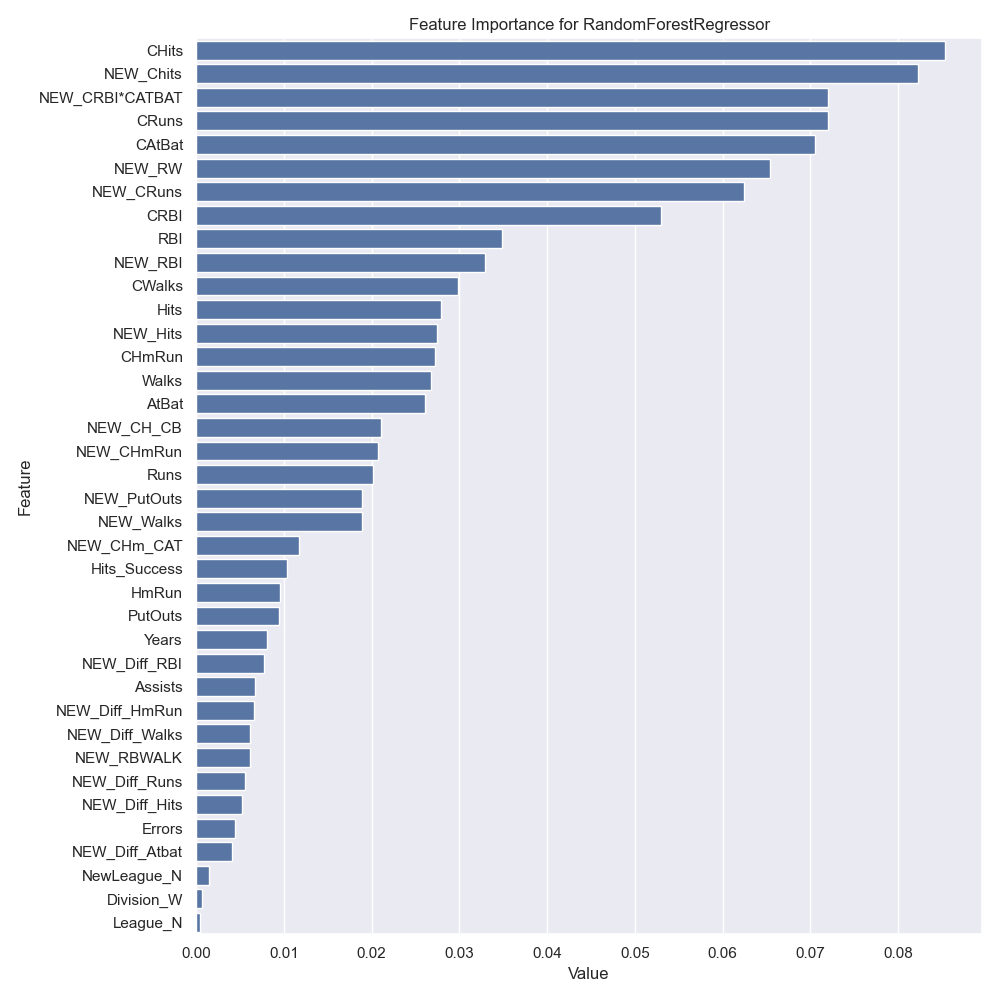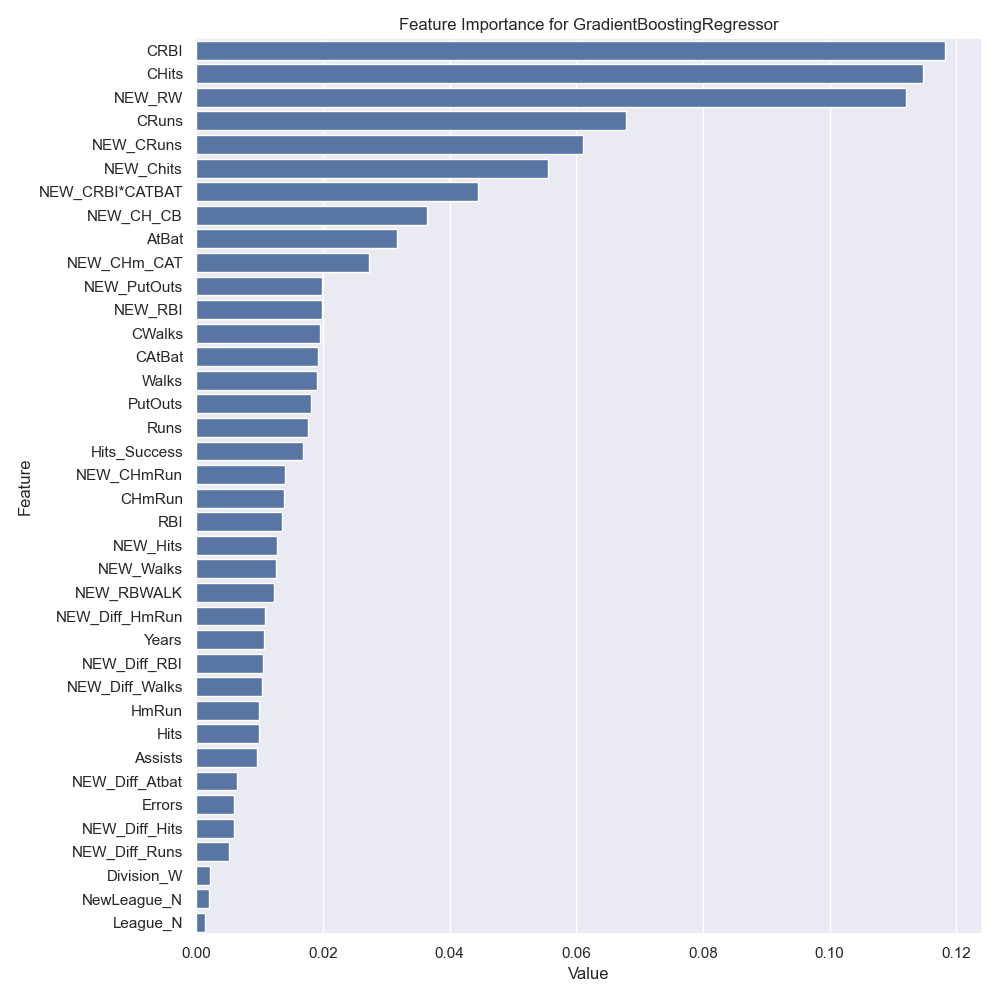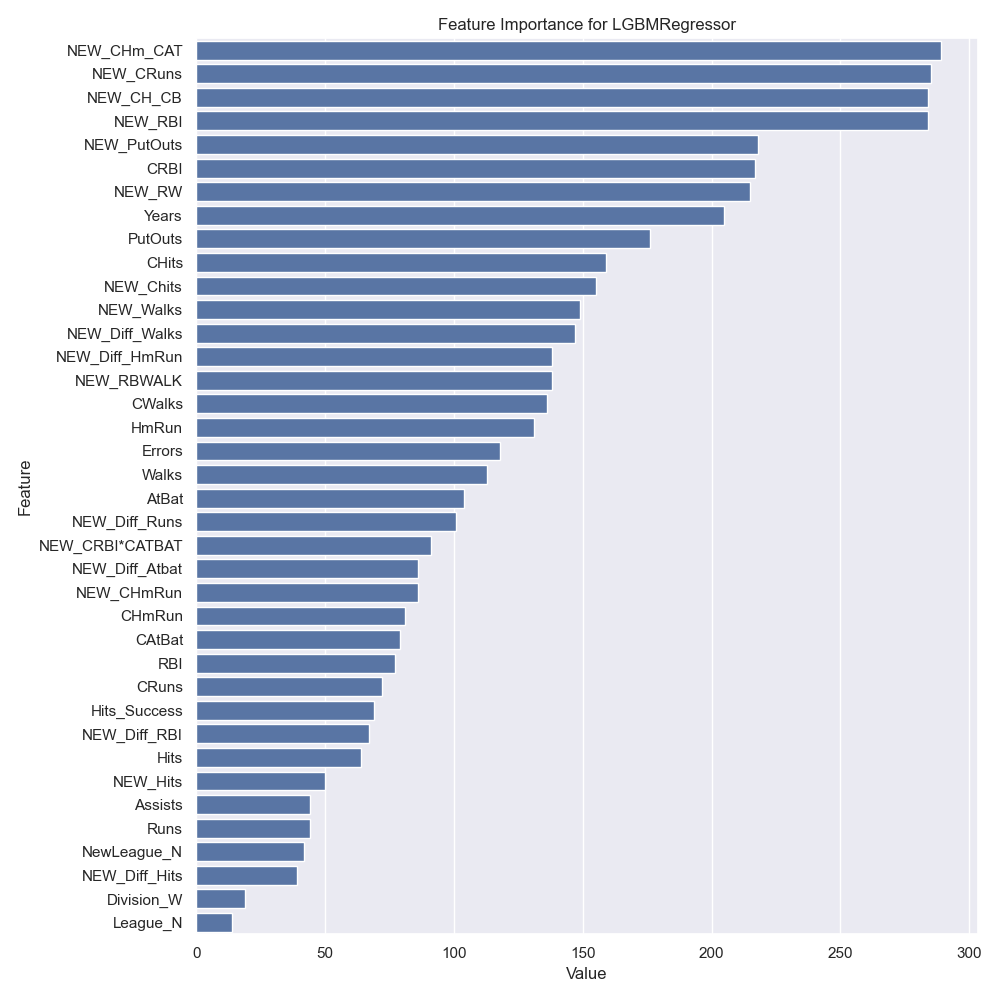This project aims to develop a machine learning model to predict the salaries of baseball players based on their past performance. The dataset used for this task includes statistics from the 1986-1987 season, sourced from Carnegie Mellon University's StatLib library. Various machine learning algorithms are employed to train the model and make accurate salary predictions.
The dataset consists of 20 variables and 322 observations, with a total size of 21 KB. Some key features include:
AtBat: Number of hits with a baseball bat during the 1986-1987 season.Hits: Number of hits during the 1986-1987 season.HmRun: Number of home runs during the 1986-1987 season.Runs: Number of runs scored for the team during the 1986-1987 season.RBI: Number of runs batted in during the 1986-1987 season.Walks: Number of walks drawn by the player during the 1986-1987 season.Years: Number of years the player has played in the major league.CAtBat: Number of times the player has been at bat during their career.CHits: Number of hits the player has made during their career.CHmRun: Number of home runs the player has made during their career.CRuns: Number of runs the player has scored during their career.CRBI: Number of runs batted in by the player during their career.CWalks: Number of walks drawn by the player during their career.League: The league in which the player has played until the end of the season, represented by factors A and N.Division: The division in which the player played at the end of the 1986 season, represented by factors E and W.PutOuts: Number of times a player assisted another player in making a putout during the 1986-1987 season.Assists: Number of assists made by the player during the 1986-1987 season.Errors: Number of errors made by the player during the 1986-1987 season.Salary: The player's salary for the 1986-1987 season (in thousands of dollars).NewLeague: The league in which the player started the 1987 season, represented by factors A and N.
The project follows a structured methodology including:
- Exploratory Data Analysis:This stage involves examining the dataset in depth, including an overall view, analysis of categorical and numerical variables, assessment of the target variable, and correlation analysis.
- Data Preprocessing: Handling missing values, outliers, and feature scaling.
- Feature Engineering: Creating new features based on existing ones to enhance model performance.
- Model Selection: Utilizing various machine learning algorithms such as Random Forest, Gradient Boosting, and CatBoost to train and evaluate the model.
- Hyperparameter Tuning: Fine-tuning model hyperparameters to improve predictive accuracy.
- Model Evaluation: Assessing model performance using metrics like RMSE (Root Mean Squared Error) and MAE (Mean Absolute Error).
- RF best params: {'max_depth': 15, 'max_features': 7, 'min_samples_split': 8, 'n_estimators': 500}
- RMSE (After): 214.9493 (RF)
- GBM best params: {'learning_rate': 0.01, 'max_depth': 3, 'n_estimators': 500, 'subsample': 0.7}
- RMSE (After): 205.1289 (GBM)
- LightGBM best params: {'colsample_bytree': 0.7, 'learning_rate': 0.01, 'n_estimators': 500}
- RMSE (After): 223.4899 (LightGBM)
- CatBoost best params: {'depth': 6, 'iterations': 500, 'learning_rate': 0.1}
- RMSE (After): 219.5299 (CatBoost)
- Gradient Boosting Regressor (GBM) demonstrated the strongest predictive performance with the lowest RMSE value of 205.1289.
- Random Forest Regressor (RF) also showed competitive performance, achieving an RMSE of 214.9493.
- LightGBM and CatBoost Regressors provided valuable insights into salary prediction despite slightly higher RMSE values.
- Considering the salary range variability in the dataset (min: $67,500, max: $2,460,000), the obtained RMSE values are generally small and acceptable.
- These findings highlight the potential of machine learning models in accurately predicting baseball player salaries, aiding informed decision-making in player contract negotiations and team management.
- Future research could explore advanced feature engineering techniques and alternative modeling approaches to enhance predictive accuracy.
Potential areas for future improvement and exploration include:
- Experimenting with additional machine learning algorithms.
- Incorporating more recent baseball player data to enhance model generalization.
- Exploring advanced feature engineering techniques to extract more meaningful insights from the data.
This project is licensed under the MIT License.




